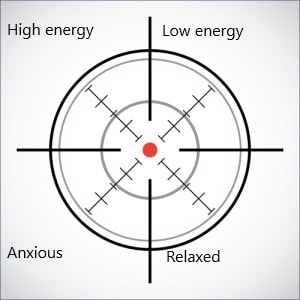 You know how important I think the walk is (#WalkingWednesday and numerous walk articles and videos!). There's no hiding in the walk, every little tiny impurity shows just as great training shines through. The walk gives the rider and the observer time to study the way every part of the horse moves. From the get-go, in the initial long rein walk, I'm always asking my students is to describe to me how their horse feels, to evaluate that information and then to decide how to use that to help the horse carry them better. Without fail, in our first session together, you can see the look of panic spread over the rider's face at this question. But I'll let know into a secret, there's no right answer! And I use this all this same question all the time when I am riding my own and client's horses. It gives me huge information about the student's (and my own, for that matter!) headspace. Are they thinking emotionally; are they thinking physically; are they isolated from the horse they are sat on; are they thinking in a binary way, black and white way? And so much more. When I ask this question of myself, I'm getting a reading on my own and the horse's emotional and physical 'crosshairs'. What hell does that mean?! Emotionally, we both want to work towards being balanced - relaxed and focused, interested in our efforts but not over stimulated so we come tense and stressed. Through focusing on the physical effort and feeling in our bodies we can be brought back into the mindful state we need to ride well. Physically, our bodies are made of three very important junctions. I see the head/poll, shoulders and hips as special areas. Each of these junctions in my mind's eye has a set of 3D crosshairs, like the sights on a rifle but in 3D. It is my job is 'just' to read these sights and then keep them lined up in balance.
Most of my dressage work is teaching the horse to understand and allow my influence, to develop a shared language and to allow me to balance the relationship between these parts of his body. Riding dressage is simply is all about find the recipe of stop and go aids to balance these three wobbly points of the horse, and the spine that connects them, while moving through increasingly complicated combinations of exercises. The wonderful German scales of training give us the framework and language to find these elusive sweet-spots. But first of all, from the moment you mount up your horse, get in the habit of feeling for what's happening in the poll, shoulders, hips and spine as well as his and your mind. This gives you a wonderful base to start your practice from and a reference to come back to time and time again.
0 Comments
Leave a Reply. |
Author Canadian Paralympic dressage rider and trainer Bert Sheffield is the creator of the HeartHorse Dressage mentoring programme. Archives
April 2021
Categories |



 RSS Feed
RSS Feed
